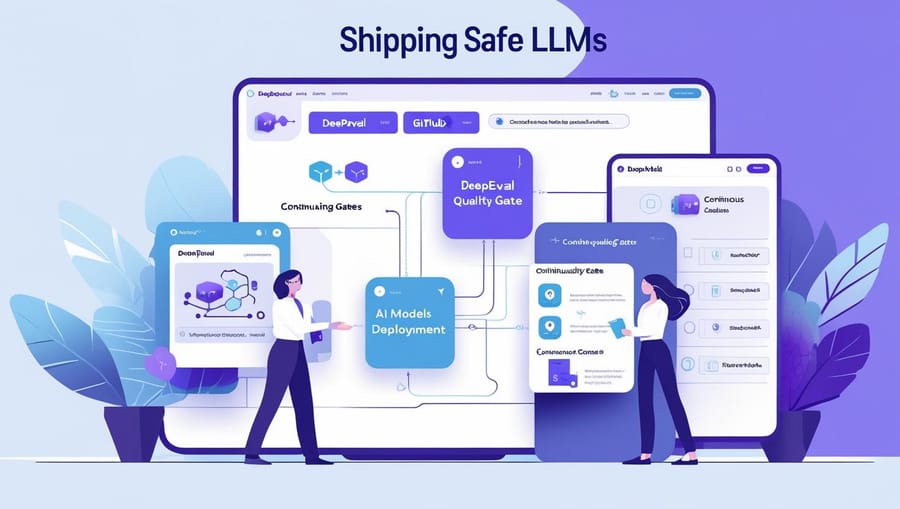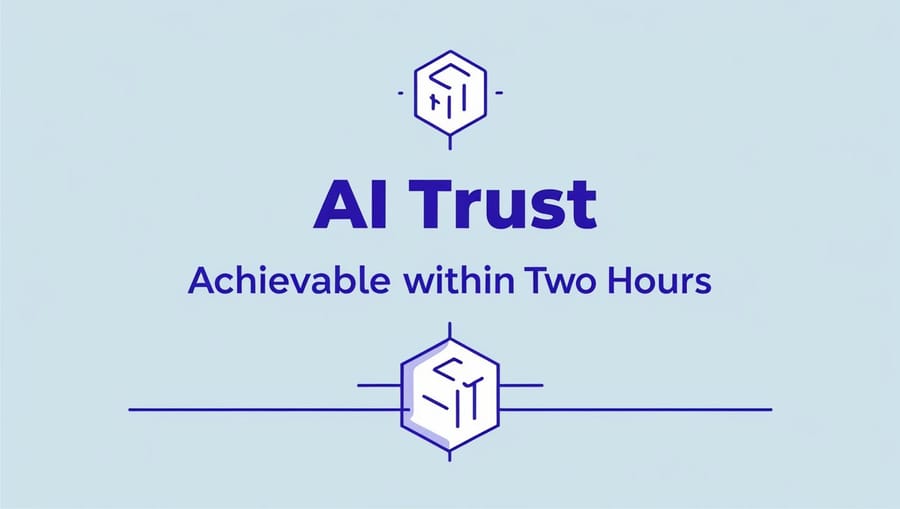Introduction The Hidden Danger of Shadow AI
AI adoption is growing rapidly but many organizations are unaware of Shadow AI which refers to unregulated AI models running without oversight These rogue AI systems increase compliance risks data security concerns and financial liability
Did you know
- More than 60 percent of enterprises report AI model transparency as a major challenge
- Unregulated AI use violates GDPR EU AI Act and NIST AI RMF regulations
- Shadow AI can introduce bias privacy breaches and security vulnerabilities
This guide will help you
- Understand Shadow AI risks and compliance violations
- Learn how to identify and control unregulated AI models
- Download a free AI Discovery and Compliance Checklist
What is Shadow AI
Shadow AI refers to AI systems deployed outside formal governance structures often without IT security or compliance approval These include
- AI tools used by employees without oversight such as private AI applications and generative AI tools
- AI driven analytics and automation running without audits such as unmonitored machine learning models
- Third party AI vendors used without compliance validation
Why is Shadow AI a Problem
- Regulatory Violations AI models processing personal data may violate GDPR CCPA and the EU AI Act
- Bias and Fairness Risks Uncontrolled AI models may introduce discrimination in hiring finance and healthcare
- Security Threats Unmonitored AI tools increase cybersecurity risks and data breaches
Real World Example In 2023 a major US bank was fined 250 million dollars for using unapproved AI in loan approvals leading to discriminatory lending practices
Shadow AI Risks and Compliance Violations
Regulatory Non-Compliance Fines and Legal Action
Regulations Affected
- EU AI Act High risk AI systems must be audited and documented
- GDPR and CCPA AI handling personal data must ensure user consent and transparency
- ISO 42001 AI Governance Standard Requires AI models to follow governance standards
Risk Example In 2022 an AI driven human resources tool was banned in Europe for unfair hiring biases and lack of explainability
AI Model Bias and Discrimination Risks
Shadow AI models often lack fairness testing leading to biased decision making
- Example A retailer’s unregulated AI was found to overcharge certain demographics due to biased training data
How to Fix It
- Conduct AI fairness audits
- Use explainable AI frameworks
Security and Data Privacy Risks
Unapproved AI systems can access sensitive customer or business data leading to
- Unauthorized data leaks
- Lack of audit trails for AI decisions
How to Fix It
- Implement AI access controls and risk monitoring
- Use secure AI governance platforms
How to Identify Shadow AI in Your Organization
Follow this five step Shadow AI detection checklist
- Audit IT and Business Units Identify AI tools being used without governance approval
- Track AI Model Usage Map all AI models to ensure they are documented and monitored
- Assess Compliance Risks Check if AI tools align with GDPR the EU AI Act and industry regulations
- Implement AI Risk Monitoring Use automated AI governance tools to detect unapproved AI models
- Educate Teams on AI Governance Train employees on responsible AI usage and compliance
Download the free AI Discovery and Compliance Checklist Here
The Future of AI Governance Taking Control of Shadow AI
Shadow AI is growing rapidly and businesses must take proactive steps to govern AI usage
- AI governance is now a compliance requirement with the EU AI Act and NIST AI RMF mandating AI model transparency
- Companies must invest in AI risk management tools to detect and prevent compliance violations
- Building an AI governance framework is essential for AI ethics compliance and security
Want to secure your AI strategy?
Download our free AI Compliance Checklist and take control of Shadow AI today






